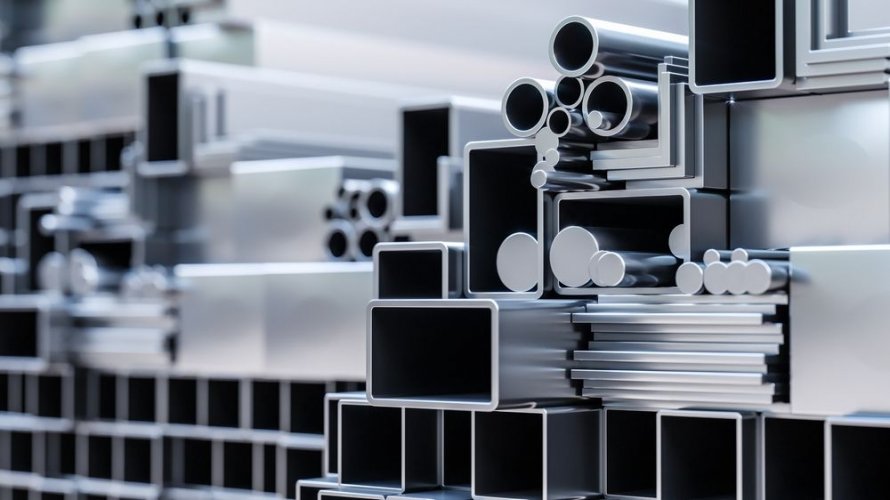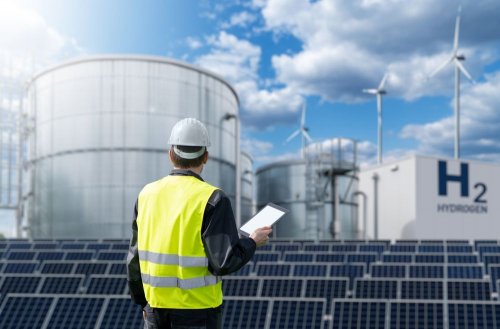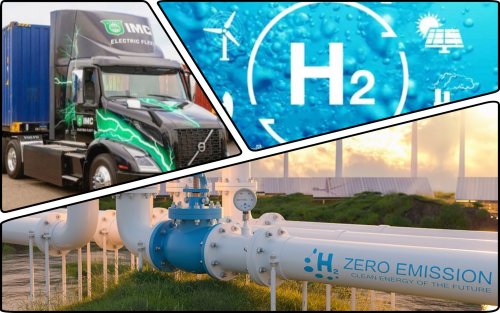Research within the HYBRIT project has shown that iron obtained by direct reduction (DRI) with hydrogen has better properties and quality.
Such iron is highly metallized and has better mechanical and aging properties compared to iron obtained with the help of fossil fuels, reports the press service Vattenfall.
The message noted that such iron is easy to use, transport and store. And the use of hydrogen almost completely eliminates carbon emissions.
SSAB technical director and HYBRIT board member Martin Pei emphasized that the technology will help in the green transition of metallurgy.
"We have made the decarbonisation of steel production more accessible and efficient on a hydrogen basis. This can help mitigate climate change," he said.
The press service explained that the HYBRIT project was initiated by SSAB, LKAB and Vattenfall to develop a new technology for the production of iron and steel based on hydrogen in order to create a value chain without the use of fossil fuels from the mine to the finished steel products. In June 2021, the HYBRIT initiative succeeded in producing the world's first direct hydrogen reduction sponge iron in a pilot plant built with the support of the Swedish Energy Agency.
The company Hybrit Development AB has submitted patent applications with a description of the inventions to the European Patent Office.
"It is very encouraging to see that these results not only confirm the climate benefits of replacing fossil fuels with hydrogen from fossil-free electricity, but also that decarbonization can actually lead to better industrial processes and products," said SVP and Head of strategic development of Vattenfall Andreas Regnell.
As EcoPolitic reported before, in Sweden, steelmaker SSAB has joined forces with mining company LKAB and electricity supplier Vattenfall in the HYBRIT project, which will allow the steel industry to completely abandon fossil fuels and carbon in 20 years.




